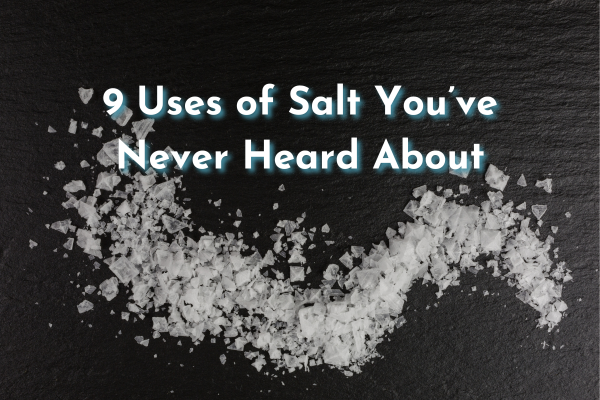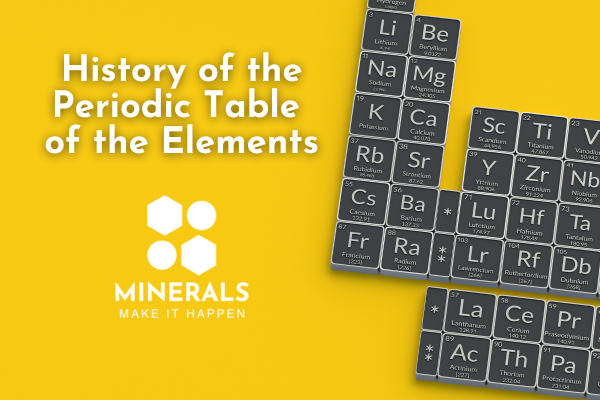March 19, 2025
March 19, 2025

As basketball fans gear up for the excitement of college basketball each March, few realize how essential minerals are to every game. From the court itself to the jerseys, basketballs, and even the scoreboard, minerals play a vital role in bringing the tournament to life. Whether you’re cheering from the stands or watching from home, minerals make it happen!
The Court: Minerals Beneath Your Feet
The hardwood court may look simple, but it relies on minerals for both construction and performance. Many college arenas use maple flooring, but beneath the wood lies concrete, which is made with limestone, clay, and gypsum. These minerals give the concrete its strength and durability, allowing it to withstand the pounding of players sprinting, jumping, and landing throughout the game.
The vibrant court lines and logos rely on titanium dioxide, a mineral pigment that creates bright, durable white markings. The paint used for team logos often contains iron oxide or copper-based pigments for vivid reds, blues, and greens that stand out on camera.
The Ball: Bouncing with Minerals
The basketball itself contains minerals that make it game-ready. The outer cover is typically made of leather or synthetic material, which is processed using magnesium oxide. This improves the leather’s softness and durability, just in case we go into overtime. But inside, the bladder and lining rely on zinc oxide in the vulcanization process, strengthening the rubber and giving the ball its signature bounce. Salt is also used during the rubber production process. Even the inflation needle, often made of stainless steel, depends on iron, chromium, and nickel.
The Uniforms: Minerals in Motion
The jerseys and shorts worn by players may be made from synthetic fabrics, but minerals are still involved. Titanium dioxide is used to whiten and brighten the fabric, while silica is added to moisture-wicking fabrics as nanoparticles that create a superhydrophobic surface that repels water and moves sweat away from the skin, helping keep players dry and comfortable. The zippers, snaps, and logos also contain metal alloys composed of zinc, copper, and aluminum.
The Hoop and Backboard: Minerals in the Spotlight
The hoop’s rim is made of steel, an alloy of iron and carbon, giving it the strength to withstand powerful dunks. The net may appear simple, but modern versions are often made from nylon with titanium dioxide coatings to resist UV rays and wear.
The backboard, made of tempered glass, is created using silica sand, soda ash, and limestone. These minerals are heated and cooled to create a strong, shatter-resistant surface that offers the perfect rebound for bank shots.
The Tech: Minerals Power the Madness
From the shot clock to the Jumbotron, minerals drive the technology behind the game. LED screens rely on rare earth minerals like yttrium, europium, and terbium to produce bright, colorful displays. The cameras capturing every dunk and buzzer-beater contain quartz lenses and copper wiring, while the arena’s lighting fixtures depend on tungsten filaments for bright, consistent illumination.
Whether it’s the bounce of the ball, the brilliance of the scoreboard, or the durability of the court, minerals are the real MVPs of college basketball’s biggest games. As you watch the tournament unfold, remember that every pass, shot, and slam dunk is powered by the essential minerals that make the game possible. Minerals Make It Happen!

March 17, 2025

February 7, 2025